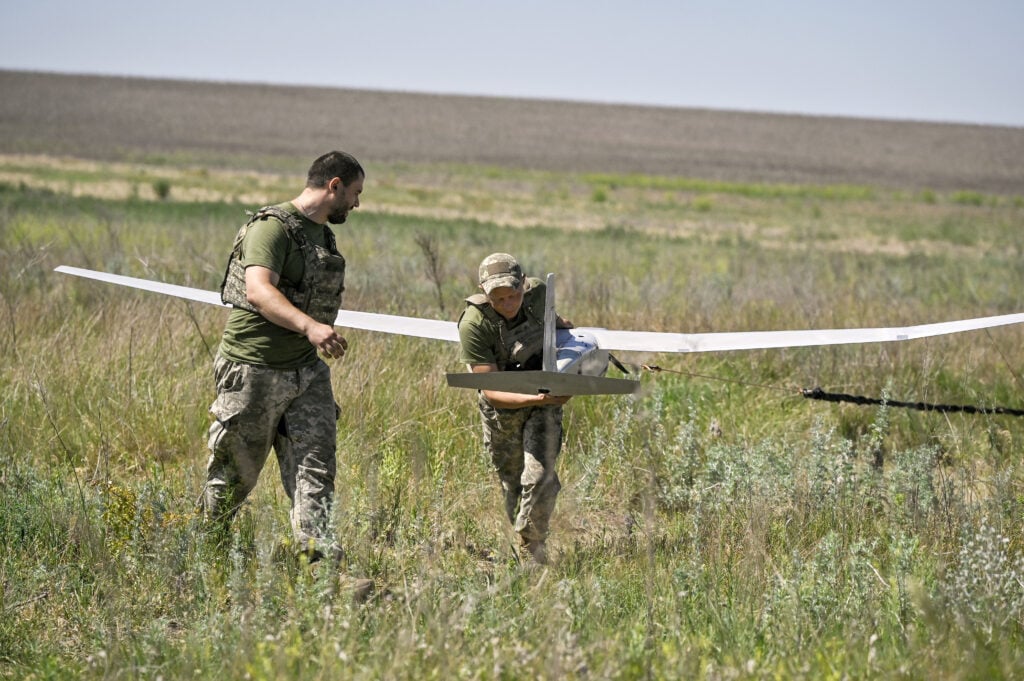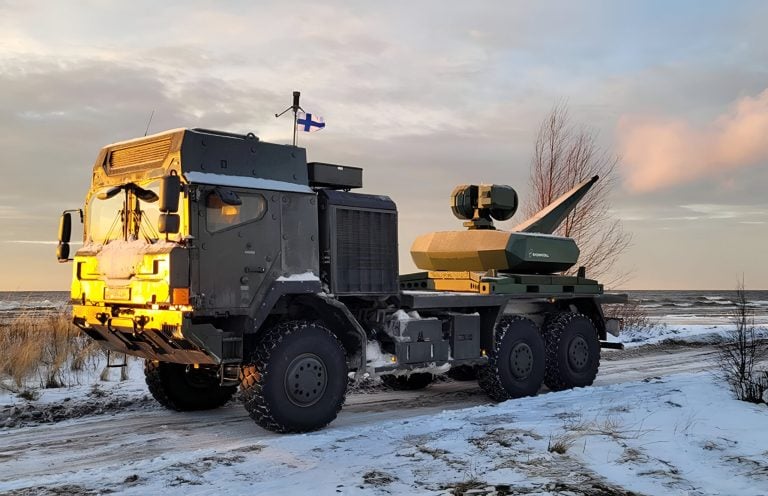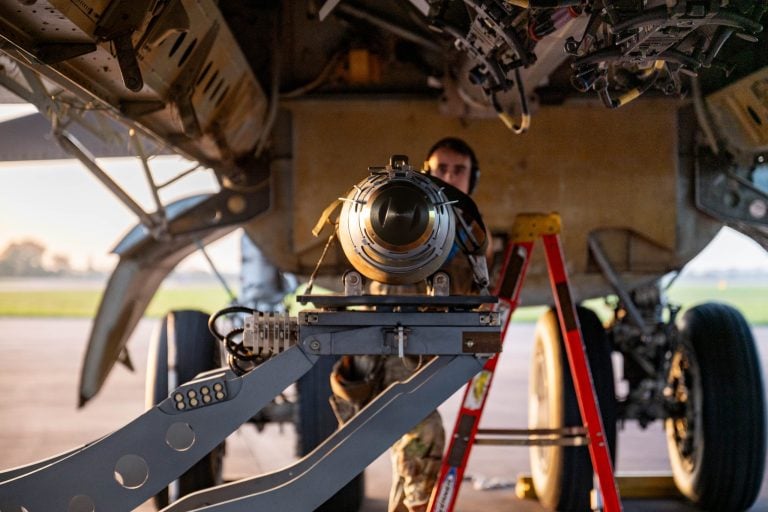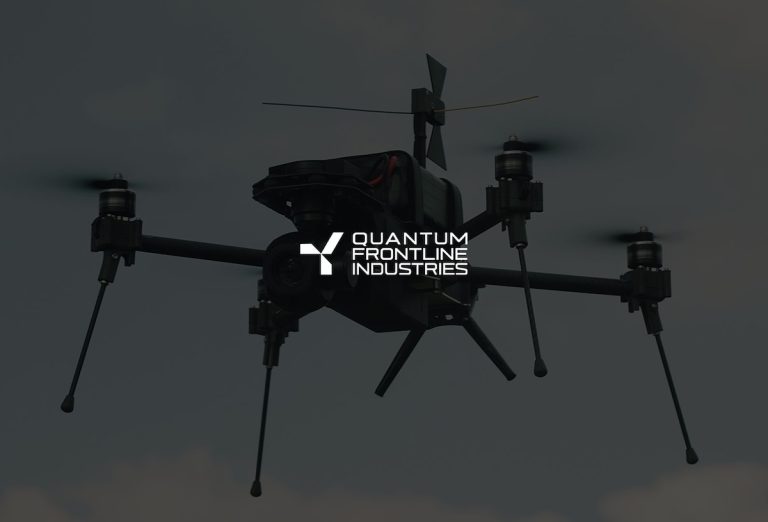Ukraine is currently facing challenges in scaling its domestic drone defense production, despite possessing effective technologies to counter Russian drones. According to Anatoliy Khrapchynskyi, a specialist in electronic warfare and deputy CEO of an electronic warfare company, Ukrainian defense factories are operating at a mere 40 percent capacity. This limited production capacity significantly hampers the nation’s ability to increase its defense systems to meet rising demands.
Khrapchynskyi highlighted that while there are affordable weapons available for targeting drones, the production levels are still not reaching their full potential. He emphasized the importance of prioritizing domestic production, even as Ukraine continues to rely on international partners for various military supplies. “We spent a long time asking our partners for long-range weapons. Now, we’re already striking Russian territory with weapons of our own production. We are controlling the airspace with our strike drones,” he stated.
Despite the reliance on international high-tech solutions for intercepting ballistic and cruise missiles, Khrapchynskyi noted that Ukrainian companies are actively developing counter-drone technologies. His team is currently testing an innovative drone defense system that employs low-cost first-person view drones equipped with cameras and artificial intelligence to detect and autonomously intercept enemy unmanned aerial vehicles. This approach aligns with a layered drone defense plan proposed in May 2023, which includes strategies to counter specific threats like Shahed drones.
On a more positive note, Ukraine’s domestic defense production is projected to escalate significantly, anticipating an increase from $1 billion in 2022 to a remarkable $35 billion this year. Recent advancements include the introduction of a new AI-powered drone that utilizes visual-inertial data and onboard cameras for navigation, avoiding reliance on GPS. Additionally, a locally made anti-drone pistol has been approved for deployment among frontline troops, highlighting a commitment to innovative solutions in military technology.
Support for this surge in production is bolstered by foreign aid aimed at fostering the development of locally manufactured military technologies. In a notable move, Denmark recently announced plans to procure arms and ammunition valued at $934 million from Ukraine’s defense industry, financed through frozen Russian assets. Earlier this year, Finland also proposed a military aid package worth $691 million to increase purchases from Ukraine’s defense sector, further demonstrating the international community’s confidence in Ukraine’s burgeoning military capabilities.
















